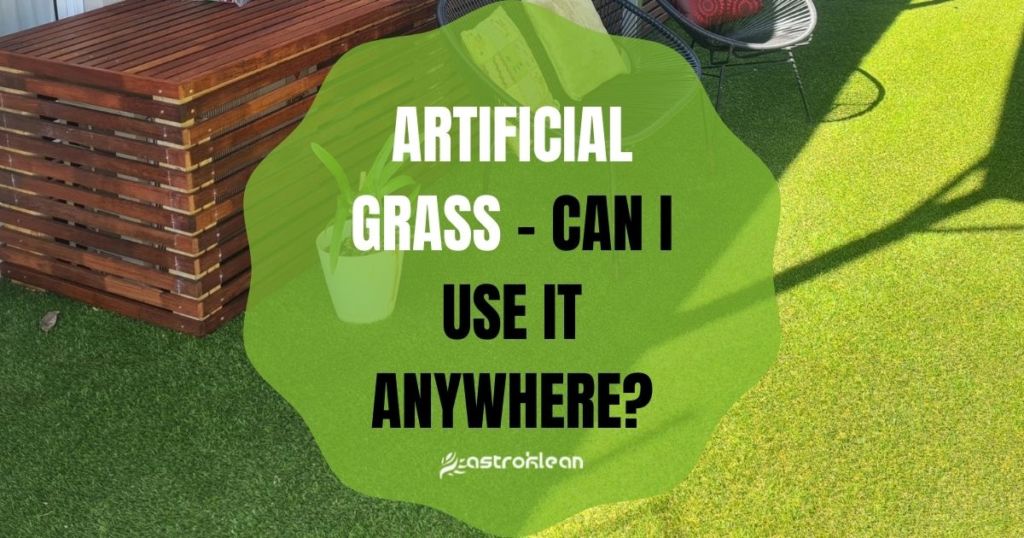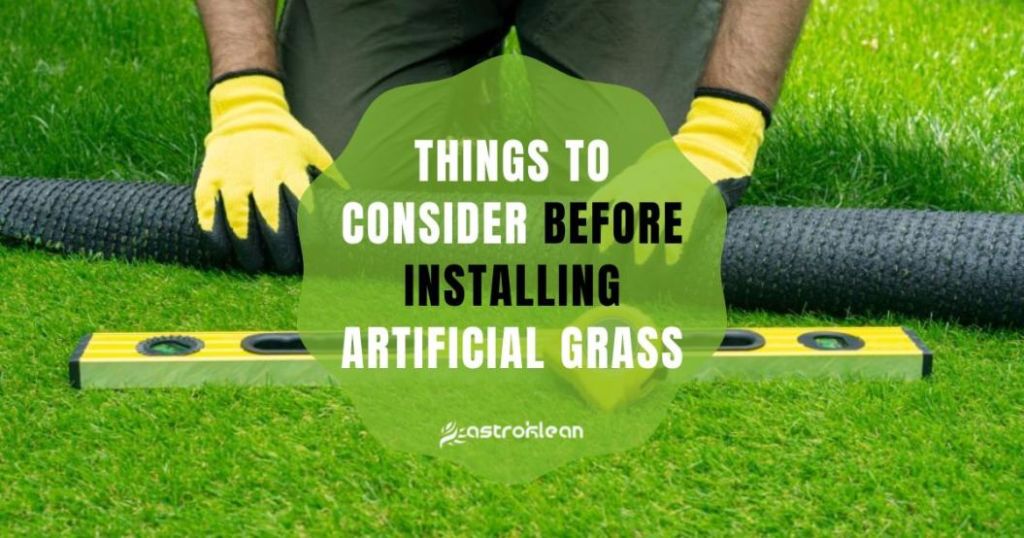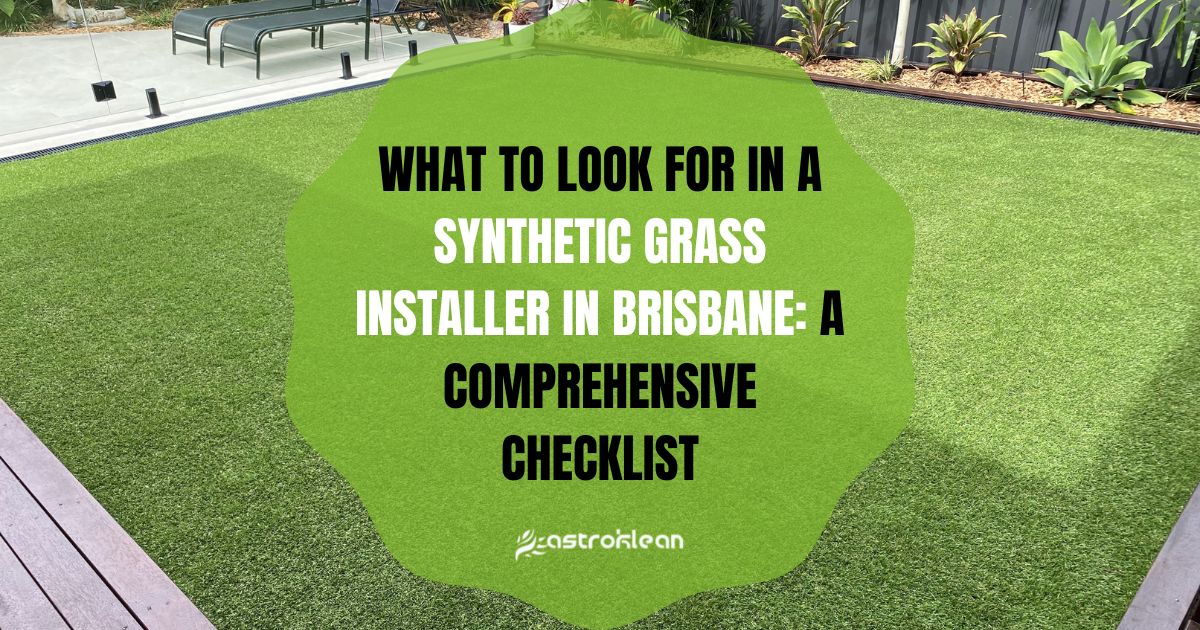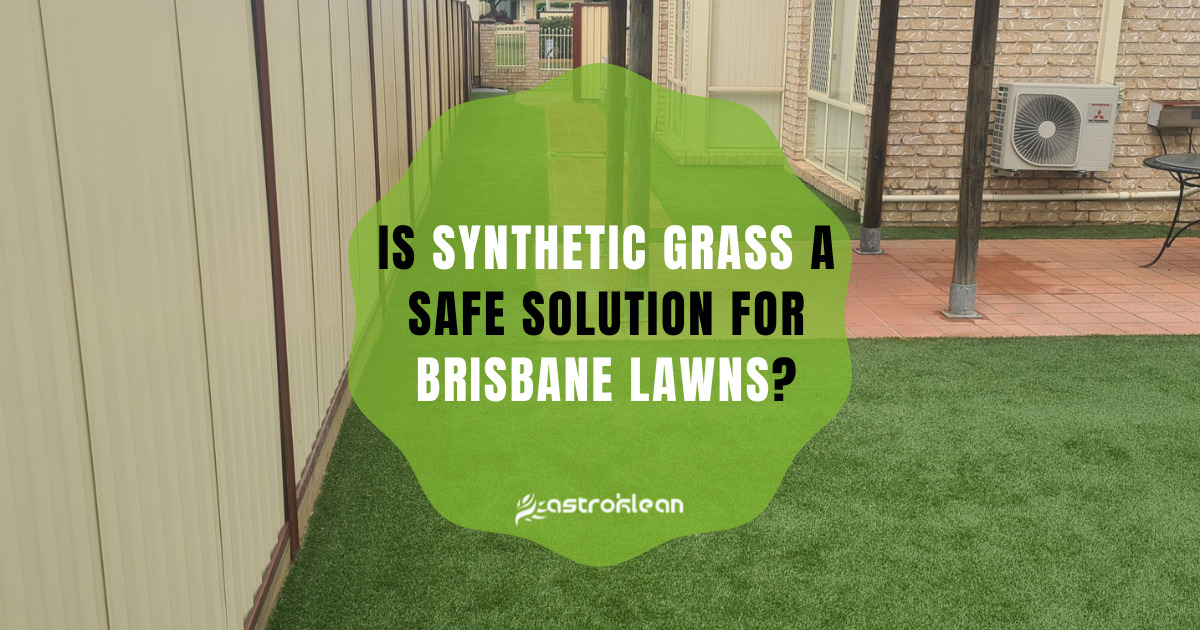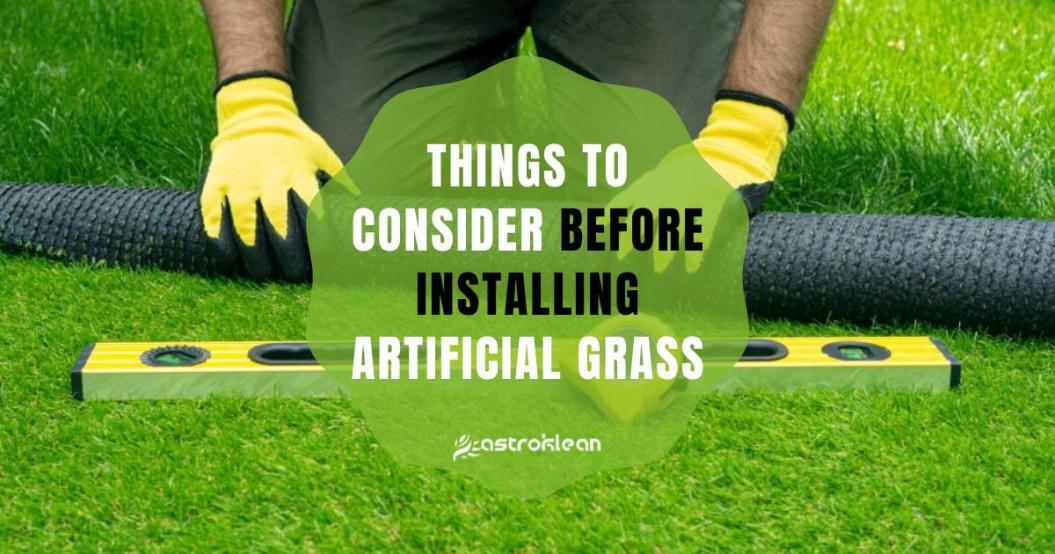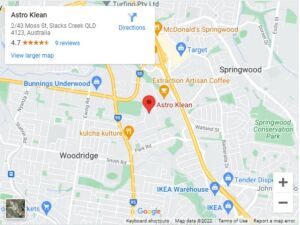Synthetic Grass Questions Answered
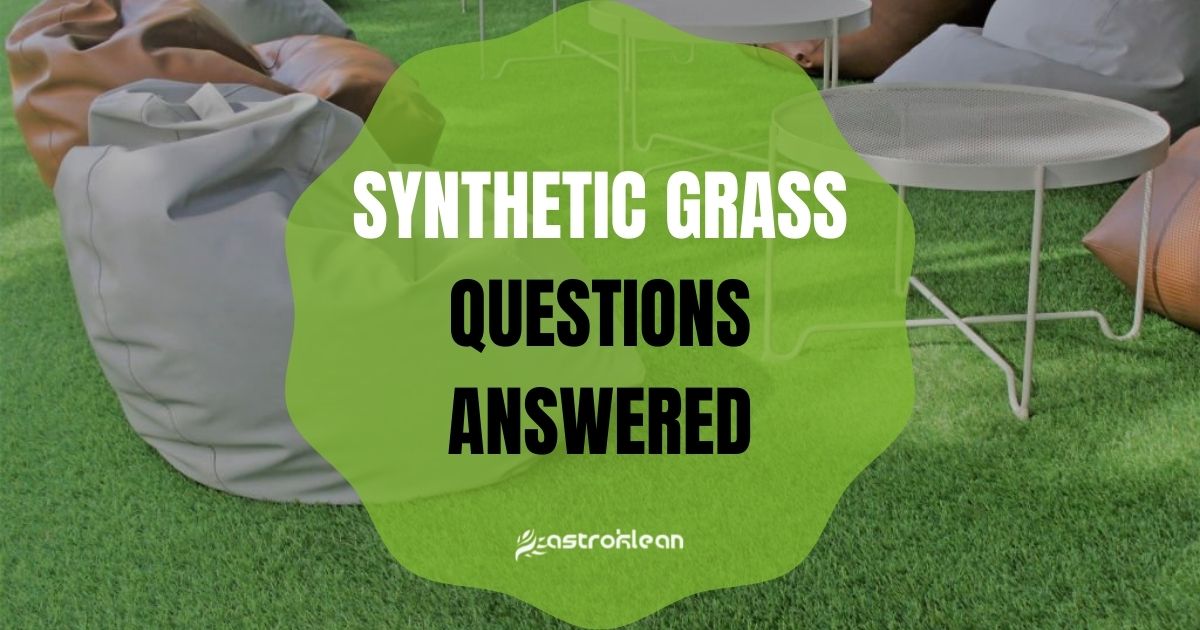
People searching on Google have raised many questions about synthetic grass, and on this post we have them answered.
Let’s dive right in…
Is synthetic grass too hot for dogs?
No, synthetic grass is not too hot for dogs. In fact, it can provide a cooler surface for them to lay on than natural grass or concrete. If you’re concerned about your dog getting too hot, you can always hose down the artificial grass to cool it off.
What are the benefits of synthetic grass?
There are a number of benefits to using synthetic grass, including the following:
- It requires less maintenance than natural grass.
- It is more durable than natural grass.
- It is more consistent in appearance than natural grass.
- It can be used in a variety of settings, such as on patios, decks, and in other areas where natural grass would not be able to grow.
- It is less likely to attract pests, such as insects and rodents.
- It is easier to clean than natural grass.
- It does not need to be mowed or watered.
- It can provide a cooler surface for pets and people.
Why is synthetic grass good for the environment?
Synthetic grass has a number of environmental benefits over natural grass, including the following:
- It requires less water to maintain.
- It does not need to be mowed, which reduces emissions from lawnmowers.
- It does not need to be treated with chemicals like herbicides and pesticides.
- It can be made from recycled materials.
- It can last longer than natural grass, meaning it will need to be replaced less often.
- It can be disposed of more easily than natural grass.
In conclusion, synthetic grass has many benefits over natural grass, including being easier to maintain, last longer, and being more environmentally friendly.
Why is synthetic grass so expensive?
This is a question that we get all the time, and it’s understandable. After all, when you compare synthetic grass to natural grass, you will notice a difference in the first initial investment but overall, synthetic grass is an excellent choice.
There are several reasons why synthetic grass is a very cost-effective solution in the long run. Here are just a few:
- Synthetic grass requires very little maintenance. Once it’s installed, you won’t have to worry about mowing, watering, or fertilizing.
- Synthetic grass is very durable and will last for many years. You won’t have to replace it nearly as often as natural grass.
- Synthetic grass is low-maintenance, which means you’ll save time and money on lawn care.
- Synthetic grass is environmentally friendly. It doesn’t require the use of harmful pesticides or herbicides, and it doesn’t produce any carbon emissions.
- Synthetic grass is safe for kids and pets. It’s soft and gentle on the skin, and it won’t attract bugs or other pests.
In the end, synthetic grass is a wise investment that will save you time, money, and hassle. It’s certainly worth the initial investment!
Is synthetic grass a good investment?
The initial investment for synthetic grass can be higher than for traditional grass, but the long-term savings are significant. Synthetic grass requires no watering, mowing, or fertilizing, and it stays green and lush all year long with little to no maintenance.
In addition, synthetic grass is durable and can last for many years, making it a wise investment for your home or business.
Does synthetic grass get hot?
This is a common question we get asked, and the answer is, it depends. Synthetic grass can absorb heat from the sun, and so in direct sunlight, it can become quite warm.
However, in shady areas or when the temperature is cooler, it will not be as warm. If you are concerned about the temperature of your synthetic grass, we recommend installing a UV-resistant spray or coating to help reflect the sun’s rays. You can also increase the infill to ensure it’s not getting hot when hit directly by the sunlight.
Does synthetic turf drain well?
This is a common question we hear from customers who are considering installing synthetic turf. While traditional grass can become waterlogged and soggy after a rainstorm, synthetic turf is designed to drain quickly and efficiently.
Here’s how it works: the backing of the turf is made of a permeable material that allows water to pass through it. Once the water passes through the backing, it is then channelled away through a drainage system. This system can be as simple as a few drains placed around the perimeter of the turf, or it can be a more elaborate underground system.
Either way, the water is quickly removed from the turf so that it can dry out and be used again. This drainage system is one of the many reasons why a synthetic turf is a low-maintenance option for landscaping.
If you live in an area with a lot of rainfall, or if you have children or pets who like to play in the yard, synthetic turf with a good drainage system is a great
This is a question that many people have been asking lately, as more and more homes and businesses are opting for synthetic turf over traditional grass. While there is no definitive answer, there are some things to consider when making your decision. First, make sure to ask questions to your synthetic grass supplier, and second, make sure to do your research. If you need help, call Ian at Astro Klean today.
Does synthetic grass absorb water?
Synthetic grass does absorb water, but it does so very slowly. The backing of the turf allows water to seep through, and the turf itself will absorb a small amount of water. However, compared to natural grass, synthetic turf takes much longer to become saturated.
How do you keep artificial grass from blowing away?
The best way to keep artificial grass from blowing away is to use a product called Turf Lock. This product will help to hold the grass in place and keep it from blowing away. You can find Turf Lock at most home improvement stores. If you need help, contact Ian at Astro Klean today.
Can I lay artificial grass on concrete?
Yes, you can lay artificial grass on concrete. There are a few things to keep in mind, however. First, make sure the concrete is clean and free of any debris or dirt. Second, roughen up the surface of the concrete so that the artificial grass will have something to grip onto. Finally, use a good quality adhesive to secure the grass to the concrete.
How do you hide joins in artificial grass?
There are a few ways to hide joins in artificial grass. One way is to use an adhesive specifically designed for joining artificial grass. Another way is to use a putty knife to fill in any gaps with a matching colour of artificial grass. Finally, you can use a power trimmer to trim the grass so that the join is not as noticeable. If you need help, let Ian at Astro Klean help you.
Do you put sand under artificial grass?
Yes, sand is often used as a foundation for artificial grass. The sand provides a stable surface for the grass to lay on and also helps with drainage. In addition, the sand helps to keep the grass in place and prevents it from shifting or moving around.
Do you put sand on top of artificial grass?
Yes, you can put sand on top of artificial grass. The sand will help to weigh down the grass and keep it in place. In addition, the sand will help to protect the grass from UV rays and other elements that could damage it.
How do you install drainage for artificial grass?
One way to install drainage for artificial grass is to use a perforated pipe. The pipe will allow water to drain away from the artificial grass. Another way to install drainage is to use a layer of gravel underneath the grass. The gravel will help to promote drainage and prevent water from pooling on the surface of the artificial grass. Finally, you can install a drainage system that is specifically designed for artificial grass. This type of system will have a series of trenches and pipes that will allow water to drain away from the artificial grass.
Does artificial grass get waterlogged?
No, artificial grass does not get waterlogged. The grass is made from a porous material that allows water to drain through it. In addition, the grass is often installed on a drainage system that helps to promote drainage and prevent water from pooling on the surface of the grass.
Do I need a membrane under artificial grass?
A membrane is not strictly necessary under artificial grass, but it can be helpful in some situations. For example, a membrane can help to prevent weed growth underneath the grass. In addition, a membrane can help to protect the grass from insects and other pests. Finally, a membrane can help to prolong the life of the artificial grass by protecting it from UV rays and other elements.

